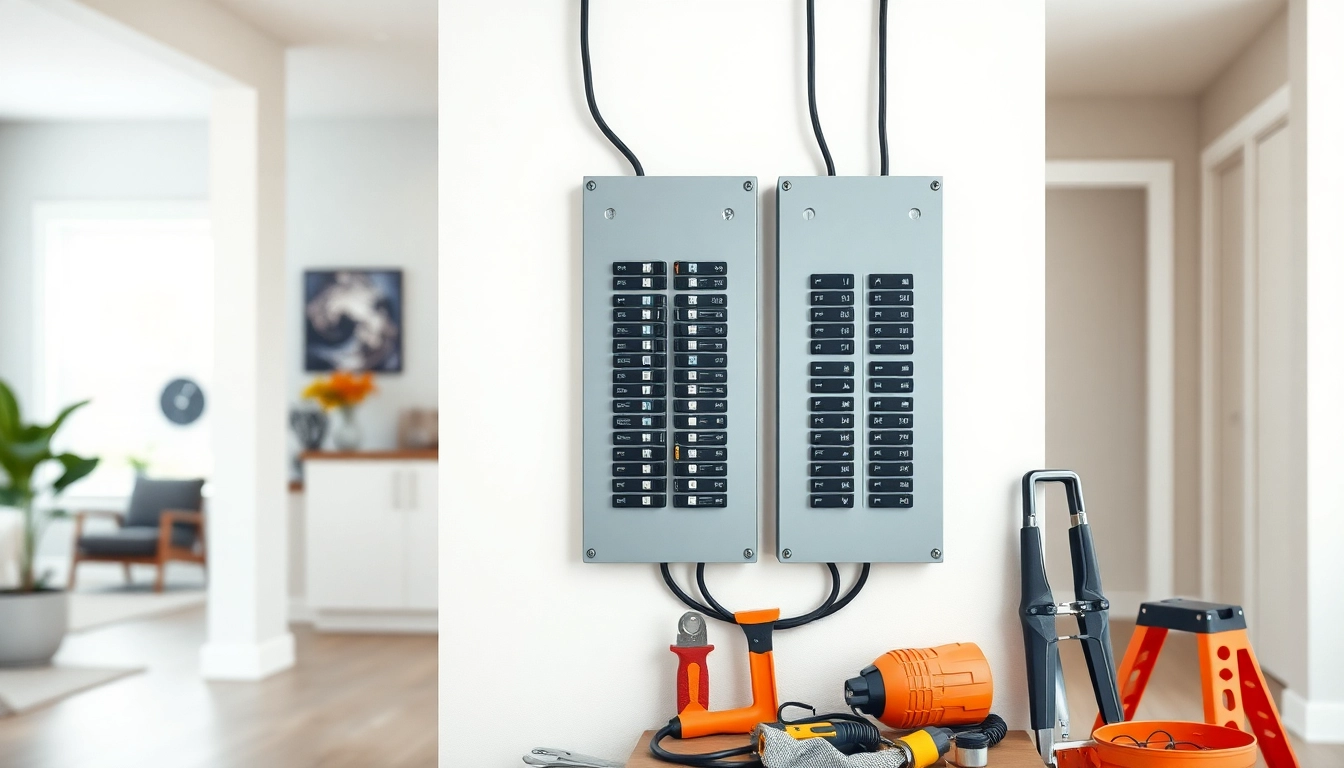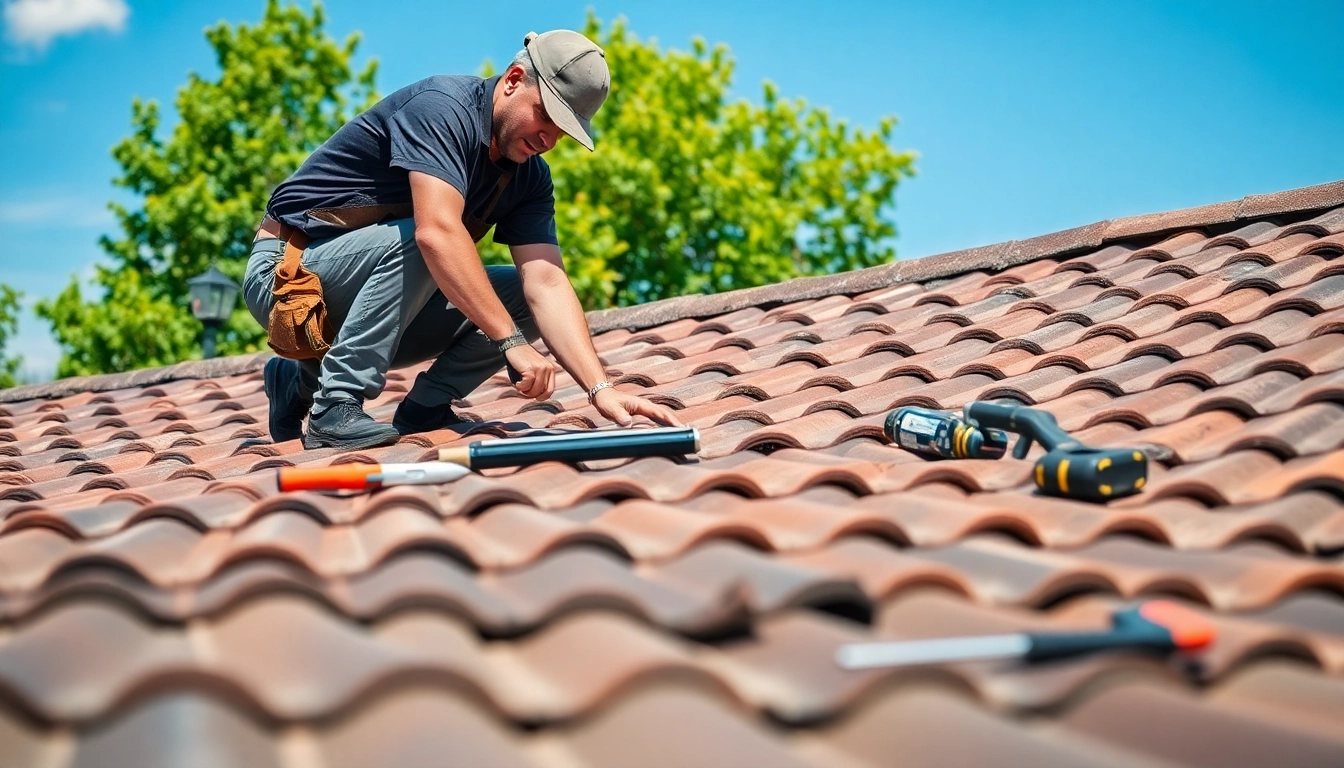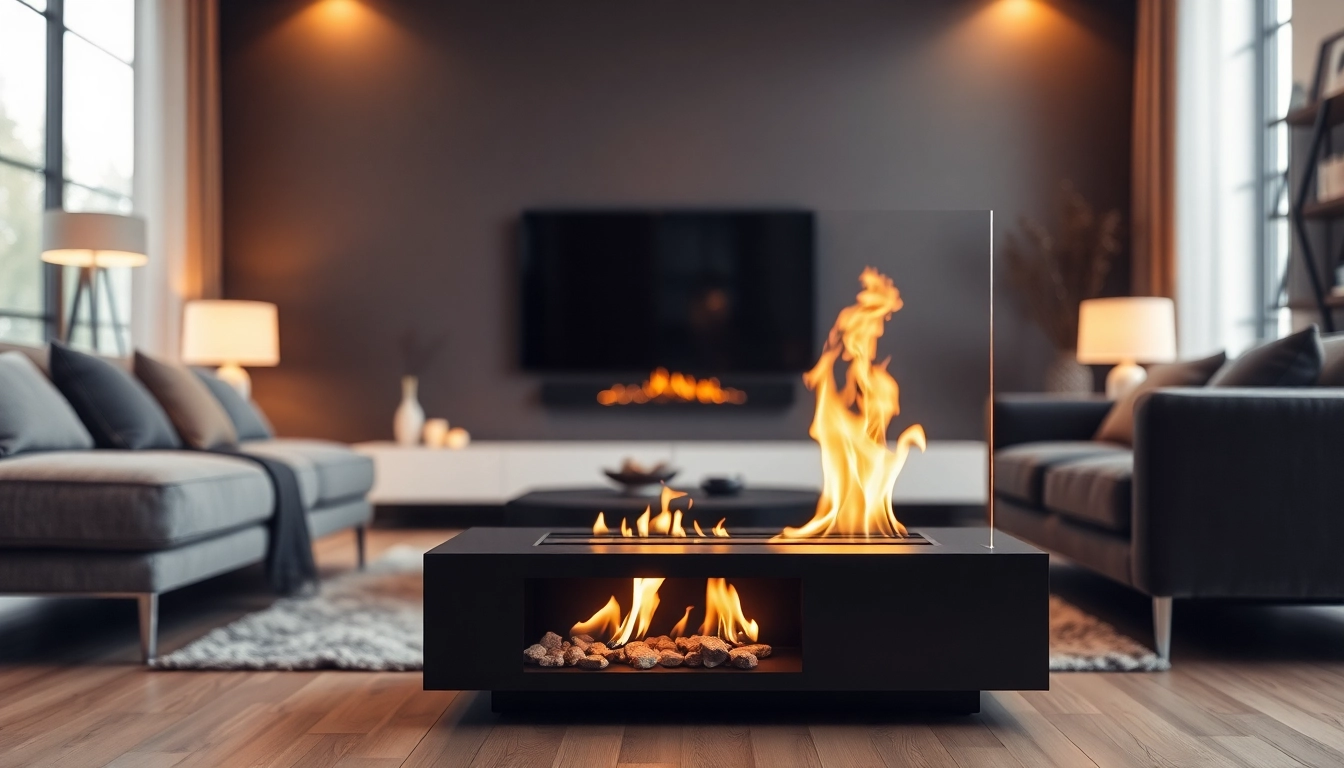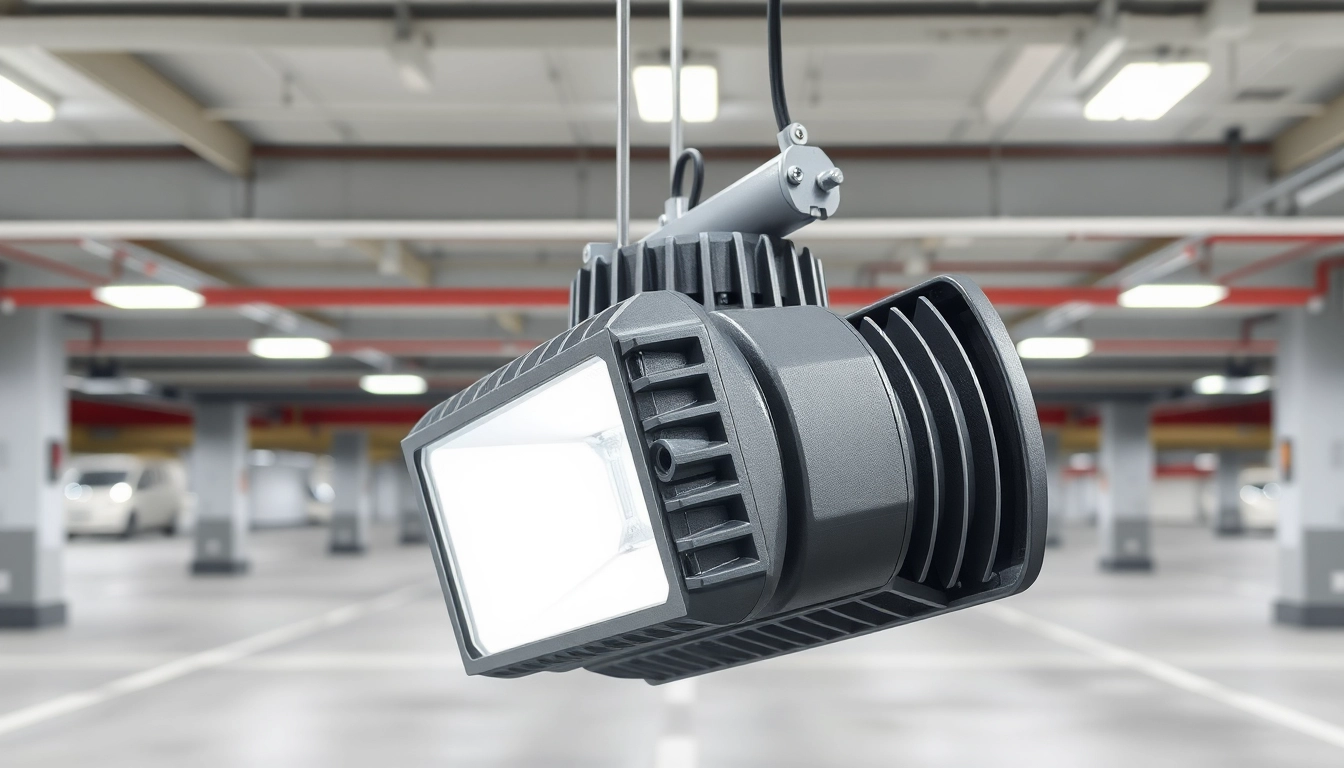Understanding the Electrical Panel
What Is an Electrical Panel?
An electrical panel serves as the nerve center of a home’s electrical system. It regulates and distributes electricity from the utility company to various circuits throughout your home. Often referred to as a breaker box or fuse box, the electrical panel ensures that each circuit receives the appropriate amount of power while simultaneously protecting against overloads and short circuits.
How Electrical Panels Function
The electrical panel connects to the main power supply and breaks that power down into manageable circuits that feed power to different parts of a home. Each circuit is controlled by a circuit breaker or fuse, which automatically cuts off power if an overload is detected. This feature not only protects devices but also prevents potential fire hazards caused by electrical malfunctions.
Differentiating Between Breaker Boxes and Panels
While the terms “breaker box” and “electrical panel” are often used interchangeably, there are notable distinctions. A breaker box is more specific, referring to the enclosure that houses the circuit breakers or fuses. Meanwhile, an electrical panel refers to the entire assembly that includes the main disconnect, and it may also include features such as surge protection and metering. Understanding these nuances is essential when communicating with electrical professionals or planning an upgrade.
Signs You Need to Upgrade Your Electrical Panel
Inadequate Power Supply
As households grow and modern appliances demand more energy, an outdated electrical panel may struggle to keep up with power requirements. If your home often experiences dimming lights, slow appliance performance, or you need to utilize multiple power strips, it may indicate that your electrical panel is inadequate. Generally, homes require a minimum of a 100-amp service; older homes may have panels rated at just 60 amps, which could warrant an upgrade.
Frequent Circuit Breaker Trips
If you frequently find yourself resetting circuit breakers, it indicates that your panel is overloaded. Continuous tripping can result in damage to the breakers themselves and create a hazardous environment. A properly functioning electrical system should have circuit breakers that protect wiring without tripping excessively; if this is not the case, evaluating your panel’s capacity is crucial.
Signs of Physical Damage
Physical damage to the electrical panel is a clear indicator that an upgrade is necessary. Signs may include rust, scorch marks, or a buzzing sound emanating from the panel, which can indicate electrical issues within. In severe cases, these issues can lead to electrical fires, making it imperative to address any visible damage immediately.
Choosing the Right Electrical Panel
Types of Electrical Panels Available
When it comes to electrical panels, there are several types to consider for your home:
- Main Breaker Panel: This standard type is suitable for most residential properties, serving as the primary service panel.
- Sub-Panel: Ideal for homes with multiple areas needing dedicated circuits, such as a garage or workshop.
- Transfer Switch Panel: Essential for homes using generators, allowing for a safe switch between power sources.
Factors to Consider When Upgrading
Selecting the right electrical panel involves several considerations:
- Amperage Rating: Choose a panel with a rating that meets your household’s current and future power needs. Typical options include 100, 200, and 400 amp service panels.
- Safety Features: Look for panels that include GFCI breakers or surge protection to enhance safety.
- Brand Reliability: Not all panels are created equal; researching brands known for their reliability and performance can save future headaches.
Common Brands and Their Features
Some of the most commonly recommended brands for electrical panels include:
- Square D: Known for their robust construction and reliable performance, these panels often feature high-quality breakers.
- Siemens: Offering innovative designs, Siemens panels often include advanced safety features and are popular for residential installations.
- GE: General Electric panels are considered versatile, frequently recognized for their ease of installation and use.
Cost Considerations for Electrical Panel Upgrades
Average Costs of Different Panels
The cost of upgrading an electrical panel can vary significantly based on various factors, including panel size and brand. Typical costs are as follows:
- 100 Amp Panel: $600 – $1,200
- 200 Amp Panel: $1,200 – $2,500
- 400 Amp Panel: $2,500 – $4,000
Installation Expenses and Hidden Costs
While the price of the panel itself is significant, installation costs should also be considered, often ranging from $300 to $2,000 depending on complexity. Additional hidden costs can arise from:
- Rewiring or updating old circuits
- Required permits and inspections
- New breaker installations or combiner boxes
Financing Options for Electrical Upgrades
Many homeowners may find it financially daunting to upgrade their electrical panel. Several financing options may be available, including:
- Home Equity Loans: Allowing homeowners to borrow against their property equity for upgrades.
- Personal Loans: Unsecured loans with varying interest rates that may help cover costs.
- Credit Cards: For smaller projects, using credit cards can be a feasible option if rates are manageable.
Maintaining Your Electrical Panel
Best Practices for Electrical Panel Maintenance
Proper ongoing maintenance of your electrical panel can extend its lifespan and ensure safe operation. Recommended practices include:
- Regular inspections for corrosion, rust, and any physical damage
- Cleaning dust and debris from the panel enclosure to prevent overheating
- Testing circuit breakers to ensure they are functioning correctly
Monitoring for Safety and Efficiency
Keeping track of your electrical usage can help you identify potential issues before they escalate. Consider using technology such as smart meters to assess and monitor your usage patterns. Detecting unusual spikes can indicate systemic issues requiring further inspection.
When to Call a Professional Electrician
While some tasks can be handled by homeowners, consulting a qualified electrician is recommended when:
- You experience frequent electrical problems or disruptions
- You wish to upgrade to a higher-amperage panel
- There is any uncertainty regarding local code compliance or safety















Leave a Reply